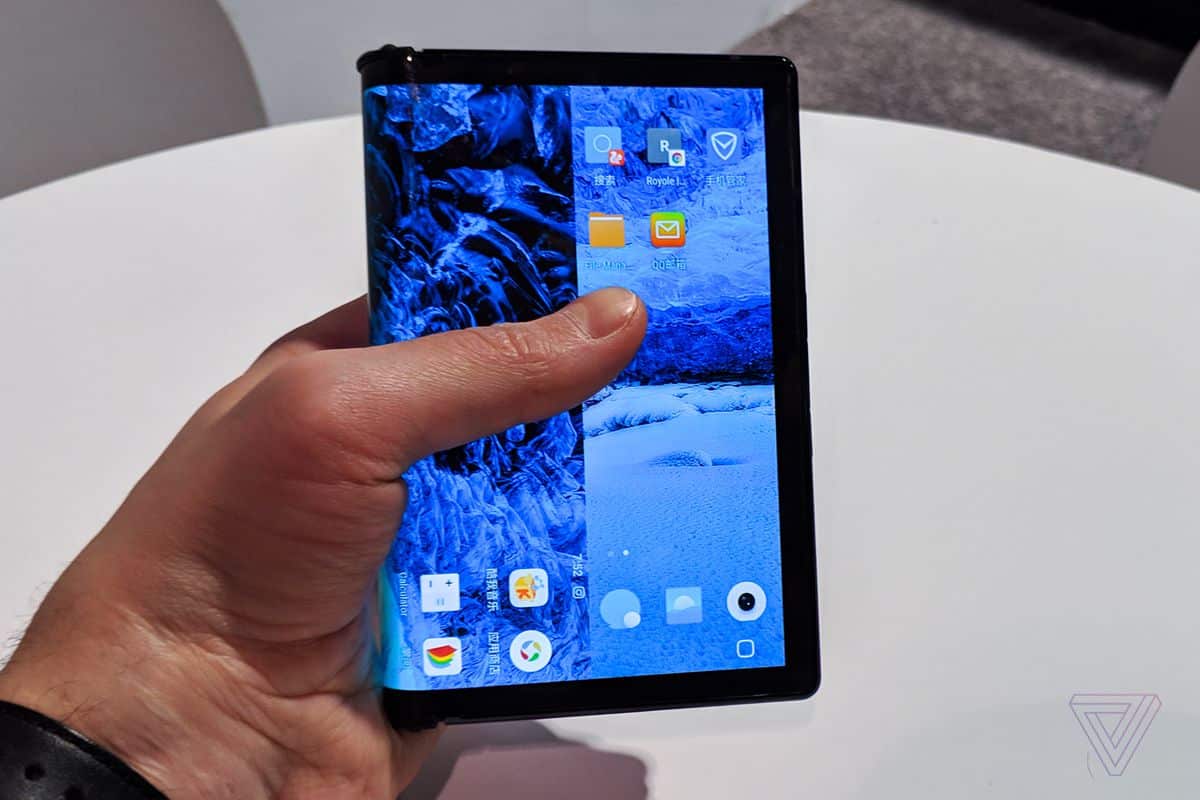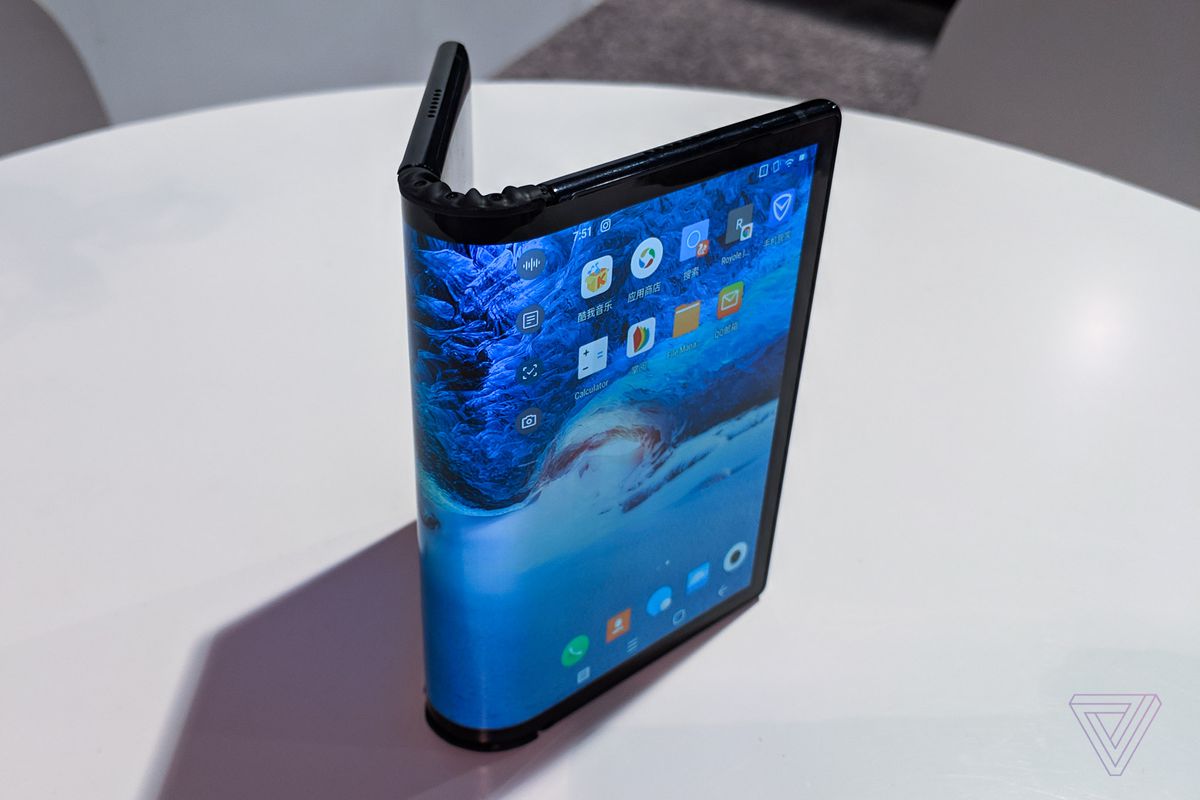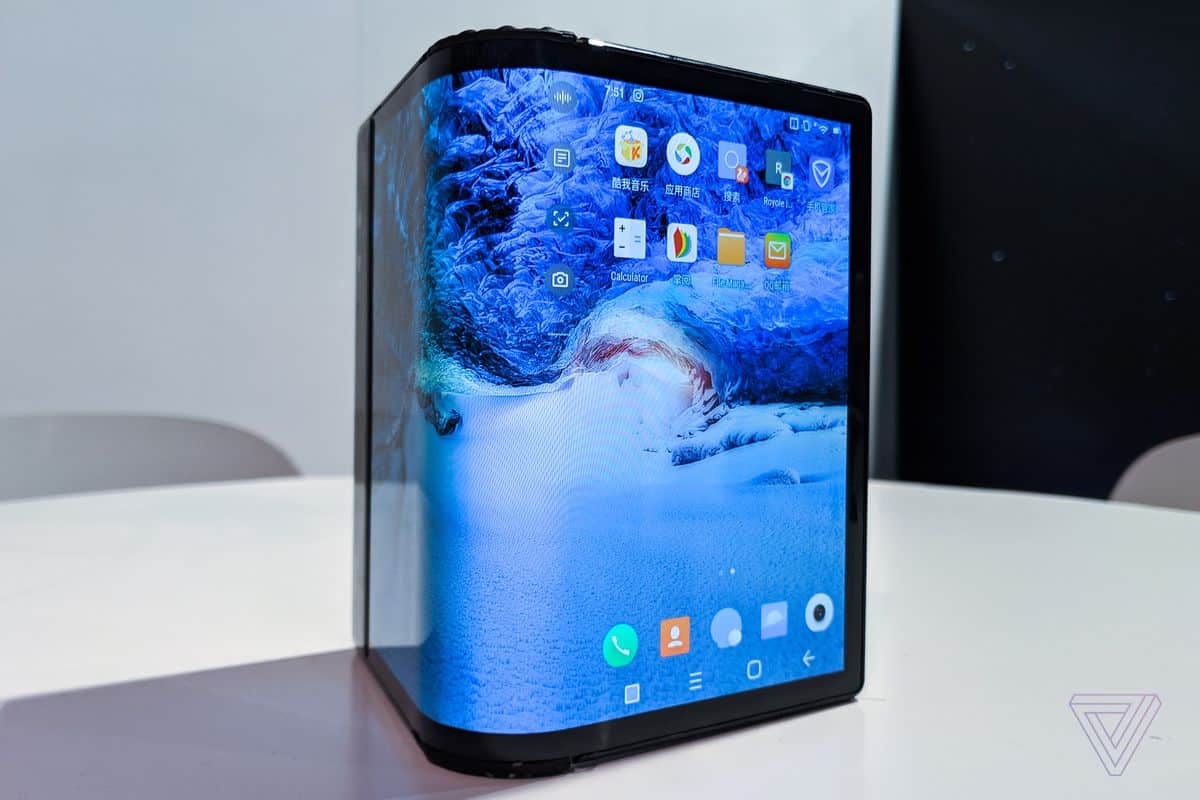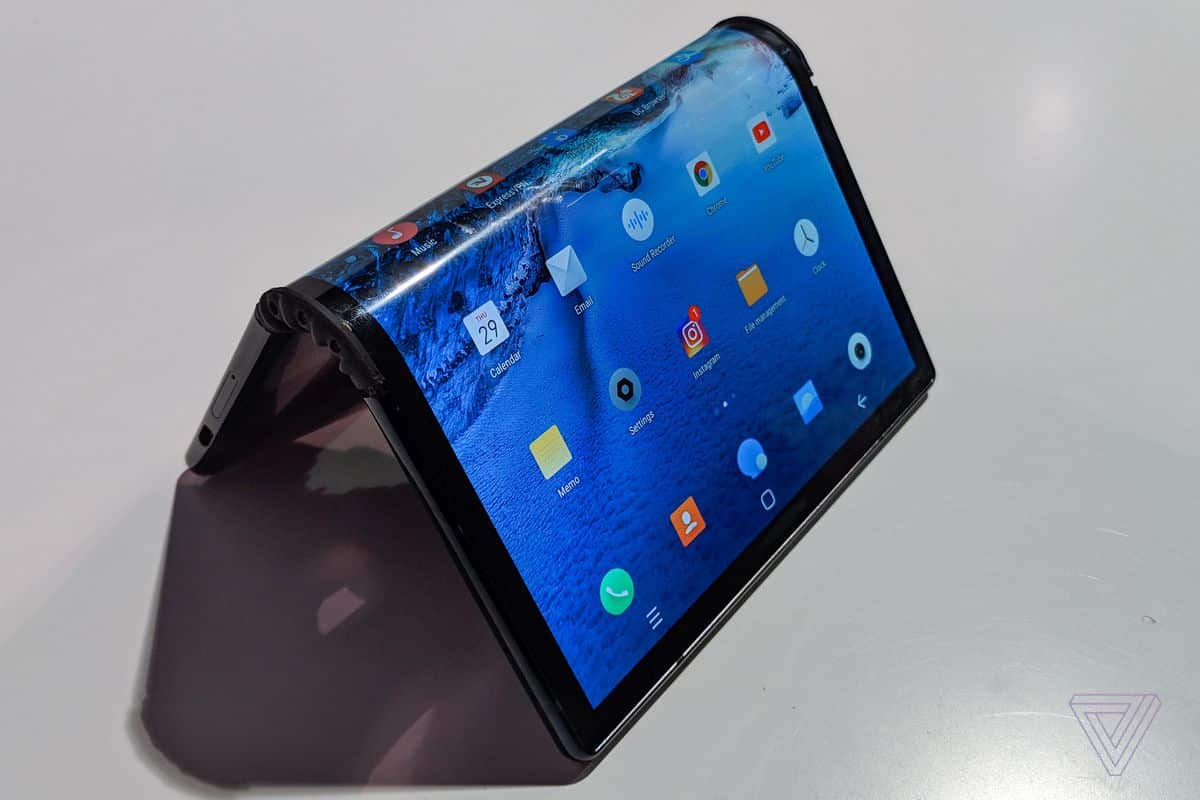Teléfonos plegables 2025: lo que aprendimos del primero y cómo elegir bien

The teléfonos plegables 2025 ya no son un experimento: son una opción real para productividad y ocio. En este artículo repasamos qué nos enseñó el primer móvil plegable del mercado, cómo ha evolucionado la categoría y en qué debes fijarte para comprar con seguridad en 2025. Promesa: sales con criterios claros, sin tecnicismos innecesarios.
Lee también: guía para optimizar Android y ahorrar batería y nuestra selección de smartphones recomendados por presupuesto.
Royole FlexPai: el pionero que abrió la puerta

The FlexPai se presentó en 2018. Fue el primer intento comercial por llevar una flexible display al bolsillo: 7.8”, OLED, resolución 1920×1440 en modo tablet y menos de la mitad al plegarse. Aunque el panel mostraba banding, zonas oscuras y saturación excesiva, demostró que la idea era posible. La bisagra, robusta pero dura, y el software (Water OS) provocaban confusiones al pasar de tablet a teléfono.




El video que lo mostró al mundo
Teléfonos plegables 2025: qué ha mejorado desde entonces
De 2019 a 2025 la categoría maduró. Las bisagras en “gota” reducen el hueco al cerrar, los laminados (incluido vidrio ultradelgado) mejoran la sensación y algunos modelos ya presumen protección contra polvo y agua. Android también avanzó: la optimización para pantallas grandes y multiventana es parte del sistema, y marcas como Samsung, Google, HONOR o Motorola pulieron la continuidad de apps al doblar.
- Bisagra: más compacta, se mantiene a 90° para selfies y videollamadas.
- Pantallas: más brillo al sol, menos reflejos y mejor uniformidad cerca del pliegue.
- Resistencia: ciclos de apertura certificados y sellados frente a polvo/agua en ciertos modelos.
- Software: multiventana estable, arrastre entre apps y continuidad al cerrar/abrir.
Si quieres una visión general de la categoría, revisa el resumen oficial de foldables en Android y, para comparar fichas, alguna base de datos de especificaciones reconocida como GSMArena.
¿Para quién convienen los plegables en 2025?
A fold “tipo libro” sobresale en lectura, multitarea y productividad ligera (reemplaza a la tablet en muchos casos). Un flip “tipo concha” cabe en bolsillos pequeños y ofrece pantalla grande al abrir. Si priorizas cámara top, batería extrema o precio contenido, quizá un “barra” sea mejor para ti.
- Elige un fold si estudias, viajas o trabajas en movilidad y usas multiventana a diario.
- Elige un flip si buscas formato compacto con widgets útiles en pantalla externa.
- Evítalos si te molesta cualquier pliegue visible o si vives entre polvo/arena y no hay sellado en tu modelo.
Checklist de compra: teléfonos plegables 2025
- Bisagra y pliegue: prueba múltiples aperturas. Debe sostenerse firme a 90° sin crujidos.
- Pantalla interna: brillo al sol, reflejos y respuesta táctil cerca del pliegue. Pregunta por costo de protector/cambio oficial.
- Pantalla externa: en “fold”, que sea lo bastante ancha para escribir cómodo.
- Software: abre 2–3 apps a la vez; verifica continuidad al doblar.
- Durabilidad: busca certificaciones de resistencia y ciclos de apertura.
- Cameras: rinden muy bien, pero no siempre al nivel del flagship “barra” del mismo precio.
- Batería y carga: pantallas grandes consumen más; revisa modos de ahorro y carga rápida.
- Garantía y servicio: cobertura para pantalla interna y disponibilidad de repuestos en tu país.
Configura tu plegable el primer día
- Display: tasa adaptativa y modo oscuro para reducir reflejos en la interna.
- Atajos del pliegue: continuidad de apps al cerrar/abrir y disparo de cámara a 90°.
- Multitarea: guarda pares de apps (video + notas, mapas + chat) en la barra lateral.
- Pantalla externa: en “flip”, define widgets útiles; en “fold”, ajusta teclado y fuente.
- Protección: funda compatible con bisagra y registro para cambios de protector oficiales.
Precio y valor: ¿cuándo tiene sentido?
The teléfonos plegables 2025 type flip son la puerta de entrada por precio y tamaño; los fold se justifican si sustituyen a tu tablet. Compara garantías, trade-ins y programas de mantenimiento de cada marca.
Para una referencia neutral de buenas prácticas en apps de pantallas grandes, consulta la guía de Android para large screens.
En pocas palabras
El primer plegable fue torpe pero imprescindible. En 2025 hay mejoras reales en bisagras, pantallas y software. Si te aporta productividad o portabilidad, un plegable tiene sentido; si no, un buen “barra” te dará más valor por menos.
Conclusion
La innovación tomó tiempo, pero hoy los teléfonos plegables 2025 ya están listos para más usuarios. Antes de comprar, confirma: bisagra sólida, panel uniforme y software fluido. ¿Dudas entre modelos? Revisa nuestra comparativa de plegables 2025 and the guía de compra por perfiles.

Write us a comment: